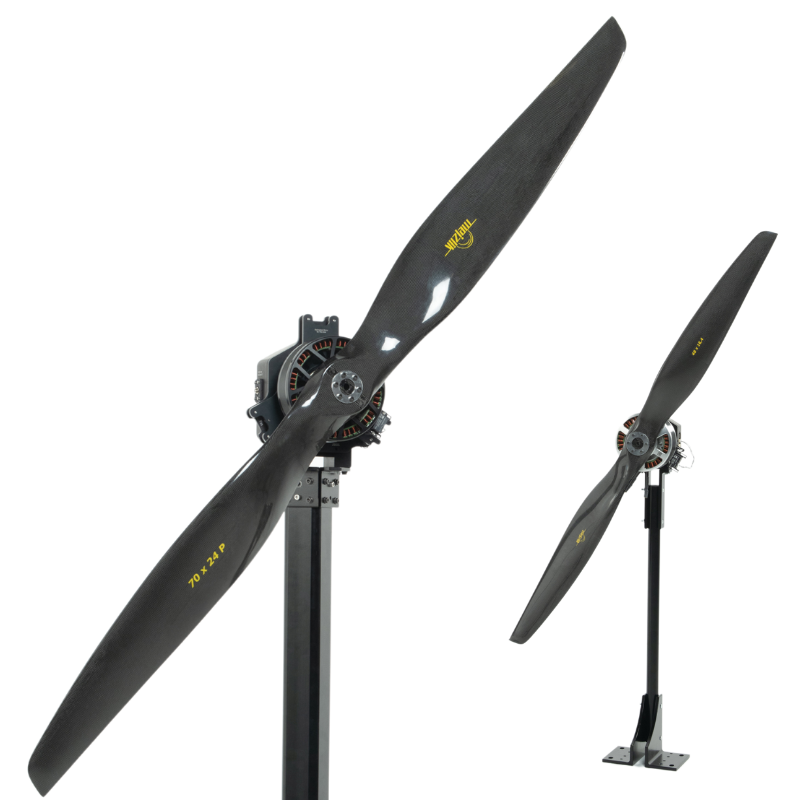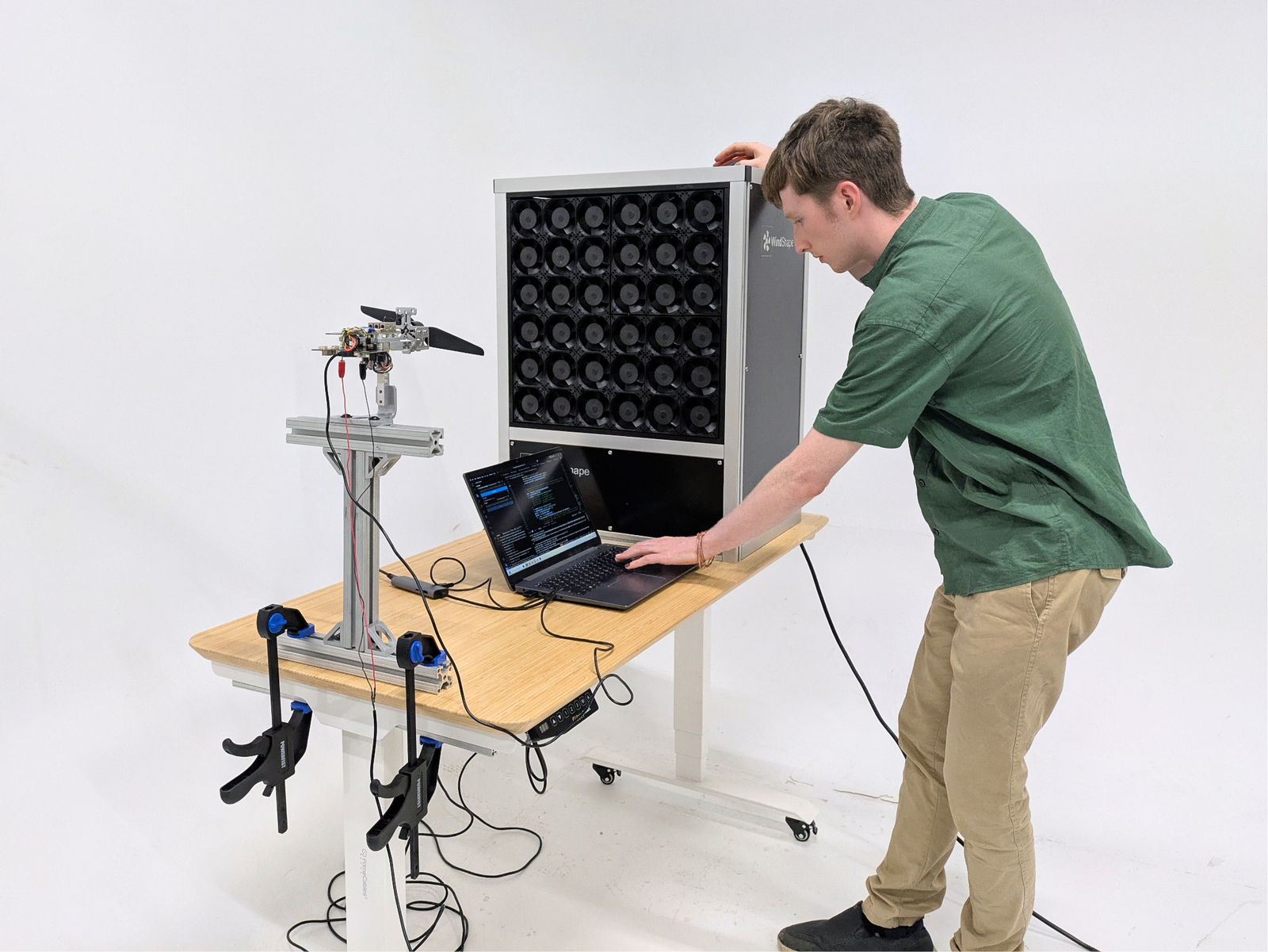Balancing propellers is essential for reducing vibrations, improving efficiency, and extending the life of your propulsion system. Three blade propellers add a bit of complexity, but the process can still be straightforward with the right tools.
Tyto Robotics’ Dynamic Balancing Software makes it easy to achieve accurate, ISO-quality balancing of propellers with 3 blades, or 4, or 5, or 6… you get the idea.
Here's a video demonstrating the procedure, or you can follow the steps below:
Steps:
1. Install your motor and propeller onto the Flight Stand thrust stand. Here we are using the Flight Stand 15:

2. Connect the Flight Stand to the USB port on your computer, open the software, and enter your balancing license key in the setup menu. If you don’t have one yet, contact the Tyto Robotics sales team.
3. Navigate to the Balancing tab, click “New Balancing Session,” and enter your basic test details including:
-
Test name
-
Operator name
-
Motor model
-
Propeller model.
4. Map your readings for rotation speed, vibration, and ESC throttle to the connected Flight Stand.

5. Enter your propulsion system parameters including:
-
Rotor mass (all rotating parts on your motor and propeller plus adapter and fasteners)
-
Operating speed (similar to RPM in flight)
-
Correction radius (distance from the propeller center where weight will be added)
-
Number of blades
-
Quality grade (ISO balance quality for pass/fail, default is 6.3G)
6. Increase the throttle until you reach your target RPM then click “Capture”. The software will take an initial reading.

7. The software will suggest a trial weight. Measure and place this weight on blade 1, which you may select at this step. Enter the actual weight added in the software and click “Done”.
NOTE: Always turn off the power to your system before approaching the propeller.
8. Increase the throttle to your target RPM again, and click “Capture”.
9. Based on the measured vibration, the software may suggest a correction weight. Remove the trial weight and add the correction weight to the designated blade or blades.
NOTE: for three blade propellers, the numbering increases opposite to the direction of rotation (see diagram below).

10. Enter the actual correction weight and location into the software.
11. Perform a final spin at target RPM and click “Capture”. A green check mark will confirm that the propeller is balanced within tolerance. In some cases the software may recommend an additional correction weight to reach your target quality grade.

12. In the Report tab you can view a detailed record of the balancing parameters and results, and all tests will be logged on the Balancing homepage for reference.
Balancing a three blade propeller with the Dynamic Balancing Software ensures smoother operation, reduced wear, and improved performance.
To get your own propeller balancing equipment, contact our sales team.
To learn more about propeller balancing techniques, download our free white paper: Static and Dynamic Propeller Balancing Techniques for UAVs.


 Back to Blog
Back to Blog


Leave a comment